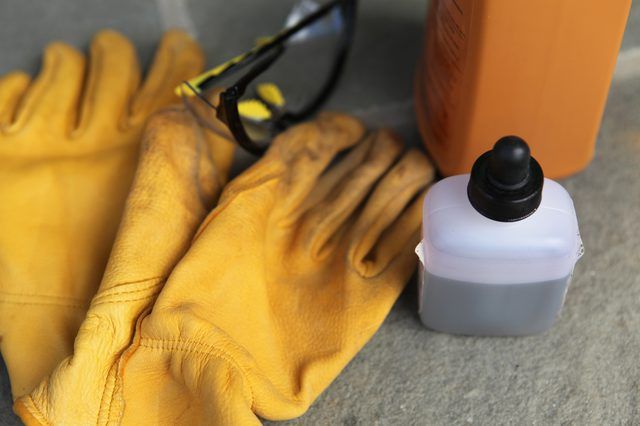Bulbs
Flower Basics
Flower Beds & Specialty Gardens
Flower Garden
Garden Furniture
Garden Gnomes
Garden Seeds
Garden Sheds
Garden Statues
Garden Tools & Supplies
Gardening Basics
Green & Organic
Groundcovers & Vines
Growing Annuals
Growing Basil
Growing Beans
Growing Berries
Growing Blueberries
Growing Cactus
Growing Corn
Growing Cotton
Growing Edibles
Growing Flowers
Growing Garlic
Growing Grapes
Growing Grass
Growing Herbs
Growing Jasmine
Growing Mint
Growing Mushrooms
Orchids
Growing Peanuts
Growing Perennials
Growing Plants
Growing Rosemary
Growing Roses
Growing Strawberries
Growing Sunflowers
Growing Thyme
Growing Tomatoes
Growing Tulips
Growing Vegetables
Herb Basics
Herb Garden
Indoor Growing
Landscaping Basics
Landscaping Patios
Landscaping Plants
Landscaping Shrubs
Landscaping Trees
Landscaping Walks & Pathways
Lawn Basics
Lawn Maintenance
Lawn Mowers
Lawn Ornaments
Lawn Planting
Lawn Tools
Outdoor Growing
Overall Landscape Planning
Pests, Weeds & Problems
Plant Basics
Rock Garden
Rose Garden
Shrubs
Soil
Specialty Gardens
Trees
Vegetable Garden
Yard Maintenance
How to Help a Rubber Tree Plant That Is Losing Leaves
How to Help a Rubber Tree Plant That Is Losing Leaves. Although it is normal for a few leaves to fall off rubber tree plants during the seasonal change from summer to fall, excessive leaf loss indicates a problem. If your rubber tree plant seems to be losing lots of leaves for no apparent reason, you need to investigate and address potential issues...
Although it is normal for a few leaves to fall off rubber tree plants during the seasonal change from summer to fall, excessive leaf loss indicates a problem. If your rubber tree plant seems to be losing lots of leaves for no apparent reason, you need to investigate and address potential issues with light, temperature, moisture, pests and fertilizer. With some general rubber tree plant know-how and a few common garden materials, you can help prevent further leaf loss and reclaim the health of your plant.
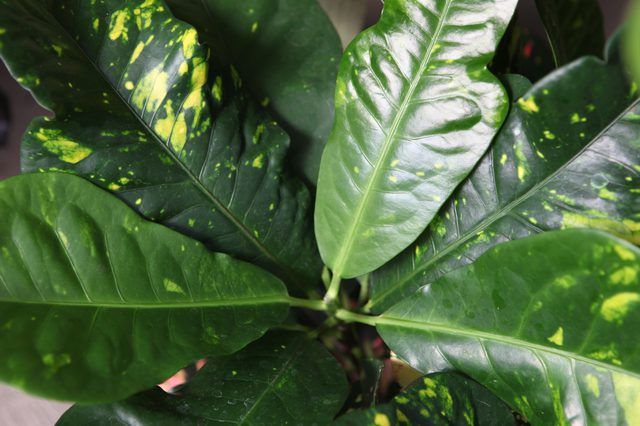
Things You'll Need
Spray bottle
Pan or tray
Pebbles
Insecticide
Fertilizer
Step 1
Provide your rubber tree plant with stable light. Rubber tree plants need a lot of sunlight but not direct sunlight. If your plant is outdoors, find a way to create shade. If you bring it indoors, provide it with shaded sunlight or, as suggested by GardeningKnowHow.com, use plant lights to help with the transition.
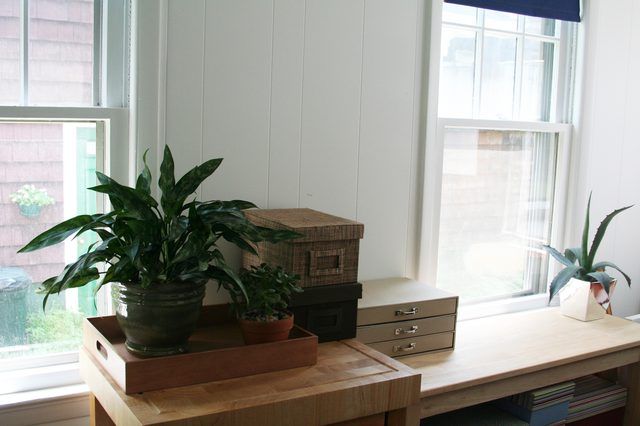
Step 2
Provide your rubber tree plant with stable temperatures. Because rubber tree plants prefer steady warmth, MyIndoorHouseplants.com suggests keeping the plant in an environment of 70 to 85 degrees F during daytime hours and between 65 to 75 degrees F during the night. Keep your plant away from drafts or areas exposed to heat.
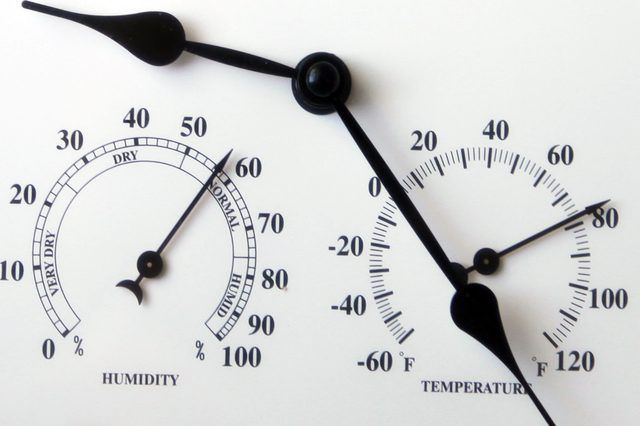
Step 3
Get your moisture levels right. Rubber tree plants prefer humid climates. If you live in a drier climate or your plant is indoors, GardeningKnowHow.com suggests misting the plant daily with a spray bottle filled with water or placing the plant on a pan or tray of pebbles filled with water. Because the plant will lose its leaves if it gets too much water, MyIndoorHouseplants.com recommends letting the the top half-inch of soil dry out before rewatering.
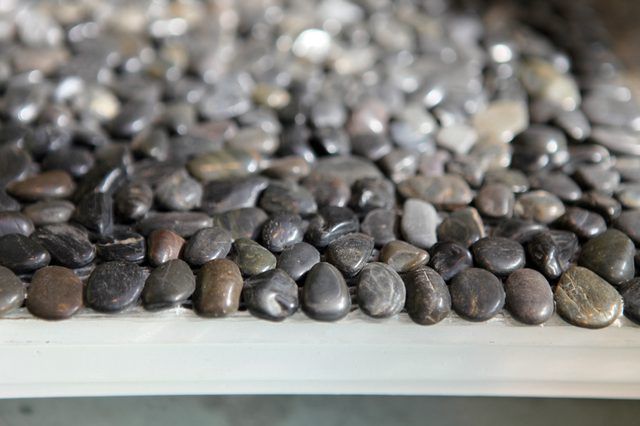
Step 4
Treat your rubber tree plant with an insecticide if you think it may be infested with scale bugs or some other pest.
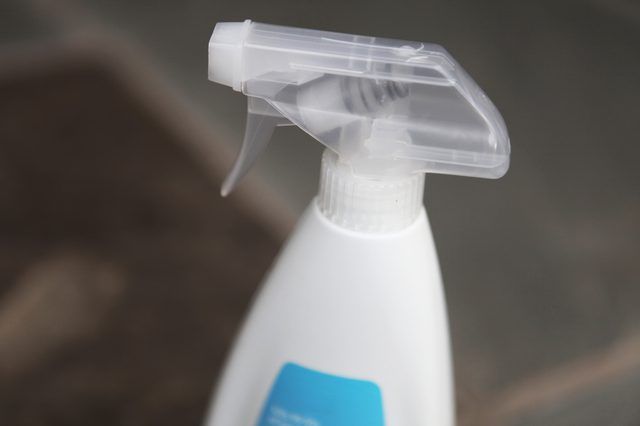
Step 5
Resist the desire to over-fertilize your rubber tree plant. According to MyIndoorHouseplants.com, feeding your rubber tree plant too much may cause it to lose its leaves; fertilize your leaf-losing plant once every two weeks to help it get back on track.
